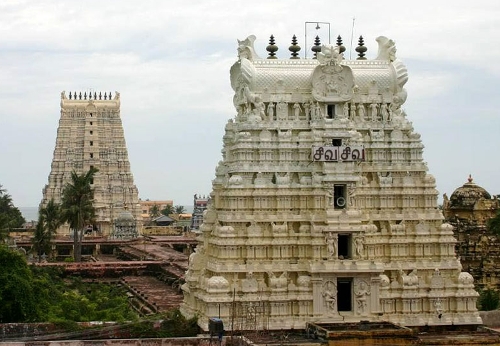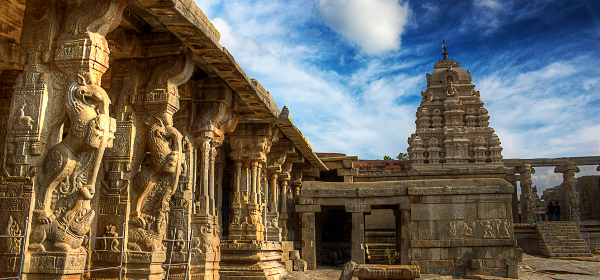9 Best Himalayan Mountains Facts All At One Place Get Awed!
2. The Abode of Snow:
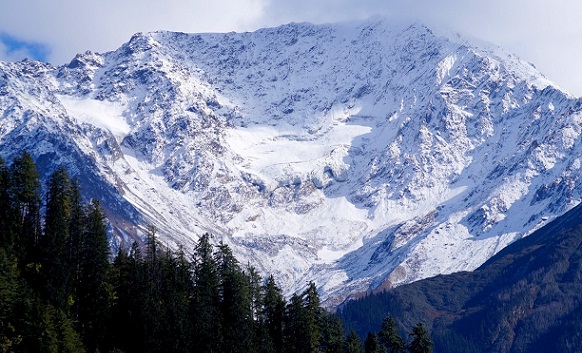
Being the third largest deposit of ice and snow in the world, Himalayas is contained by the snowcapped mountains of Himalayas with the higher regions being covered in snow throughout the year. Located around the mountain range are about 15,000 glaciers measuring up to 70 kilometers. These also act as a reservoir of fresh water.
3. Vibrant Ecology:
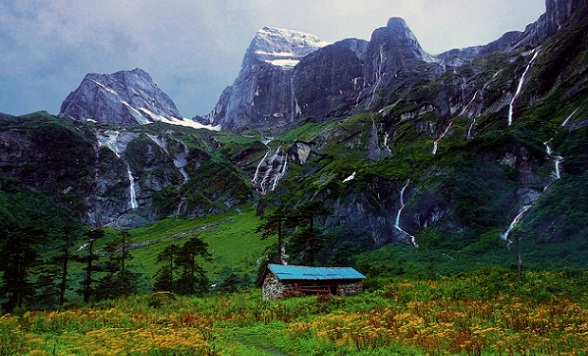
The highest ranges are permanently capped with ice and snow, while the base of the mountains enjoys a tropical climate. The variety in altitude coupled with rainfall and soil conditions and varied textures allow for significant plant and animal species to flourish. There is a variety of vegetation, ranging from tropical deciduous forests at the foot of the mountains to alpine forests higher up.
4. Himalayan Rivers:
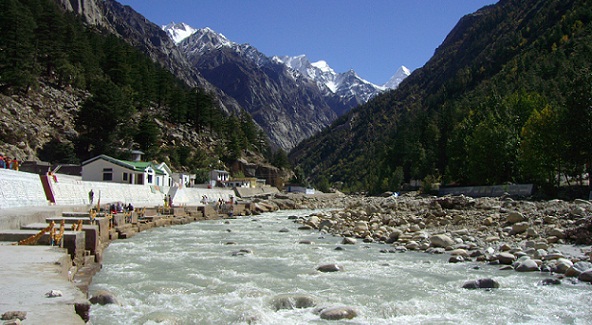
The most astonishing fact about the rivers here is that they are said to be even older than the mountain peaks! The three major rivers in the Asian continent: The Indus, Yangtze and Gange-Brahmaputra rivers have indeed originated from the Himalayas.
5. Mount Everest:

New Zealander Edmund Hillary and Sherpa mountaineer Tenzing Norgay on 29th May 1953climbed the highest peak in the world at 29,029 feet, the first to ever accomplish this feat. As alluring as it is, Mount Everest has also proved deadly, claiming the lives of approximately 150 people on their unsuccessful quest to reach the summit of this crazily tall mountain!
6. Wildlife of the Himalayas:

The Himalayas are home to many animals. Most notable of these is the Tibetan blue bear that at 6 to 7 feet long is the world’s largest and rarest of its kind. Also, home to the snow leopard, the Himalayas offer ideal habitat to these highland dwellers. The foothills of the Himalayas are abundant with various varieties of deer, wild goats and sheep of which the Great Tibetan sheep is one of the largest wild breeds in the world. It reaches a length of 4 to 4 and 1/2 feet.














